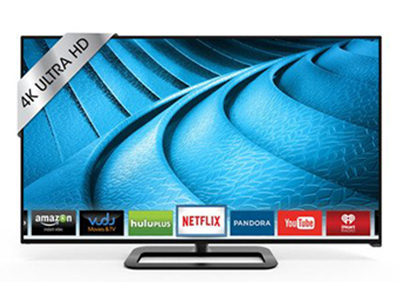Tom's Guide Verdict
A true value in the 4K TV category, the P652ui-B2 is good choice for those who want to be ready for the Ultra-HD future.
Pros
- +
Excellent price
- +
Reliable 4K picture
- +
Full array of smart-TV options
Cons
- -
Colors not as accurate as on costlier screens
- -
Flimsy stand
- -
Tinny sound
Why you can trust Tom's Guide
Who it's for: Movie fans looking for a 4K TV for much less than competing sets.
Ultra-HD sets have typically commanded ultra-high prices, but Vizio's 65-inch P-Series Ultra HD P652ui-B2 offers features generally found in sets costing twice as much. In addition to its 4K resolution (3,840 x 2,160 pixels), it uses a full-array LED backlighting system rather than the more common edge-lit approach. This design means it should be able to better balance light and dark elements by more precisely lighting up the 64 zones of the screen individually.
MORE: Best TVs for All Budgets
The P-Series also includes the usual niceties. It offers built-in smart-TV apps to support all the major streaming services, from Amazon Prime to Yahoo Screen. So most families will be happy with this set right out of the box.
Design: Sturdier stand needed
Sporting a basic design with few embellishments, the 65-inch set is just 2.3 inches thick, without the stand. Its only adornment is the Vizio flag that hangs below the lower right corner of the screen. The P652ui-B2 includes a center-mounted stand with an oval base that is a little mismatched for a set this size. I found the setup wobbly and a tad shaky; a larger base would have made it feel more secure. (Vizio's new M-Series models use a redesigned two-footed stand.)
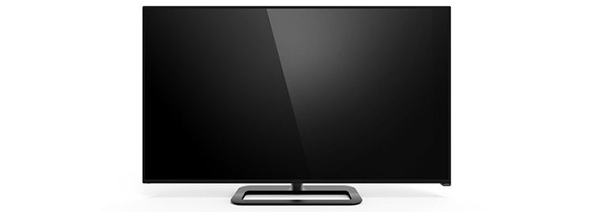
The P-Series is well appointed in terms of connections. It has built-in Wi-Fi (802.11 ac) and plenty of ports. There are five HDMI ports, three of which support HDCP 2.2 (High-bandwidth Digital Content Protection) for copy-protected 4K feeds, but only one supports the higher frame rate of 60 Hz (or fps). The other two are limited to 30 Hz/fps for 4K. In addition, there are component and composite video inputs, coaxial and Ethernet plugs. Two USB ports are included for sideloading videos.
Image Quality: Good contrast, fair color
Through a variety of test materials, the Vizio P-Series performed admirably, delivering a pleasing picture for movie buffs and TV viewers, with reliable upscaling of HD content to 4K.

Like other models, the P-Series has several presets, including a standard mode, calibrated mode, vivid setting and game mode. Vivid is the mode you'll see the TV set to in stores. Red objects will jump from the screen, and whites look like something in a laundry detergent ad. Most viewers will find the best balance of color, brightness and various advanced settings (such as Smooth Motion) in the standard mode. I found it delivered acceptable contrast and color without oversaturating reds or greens. (Click on the image below for a larger version.)
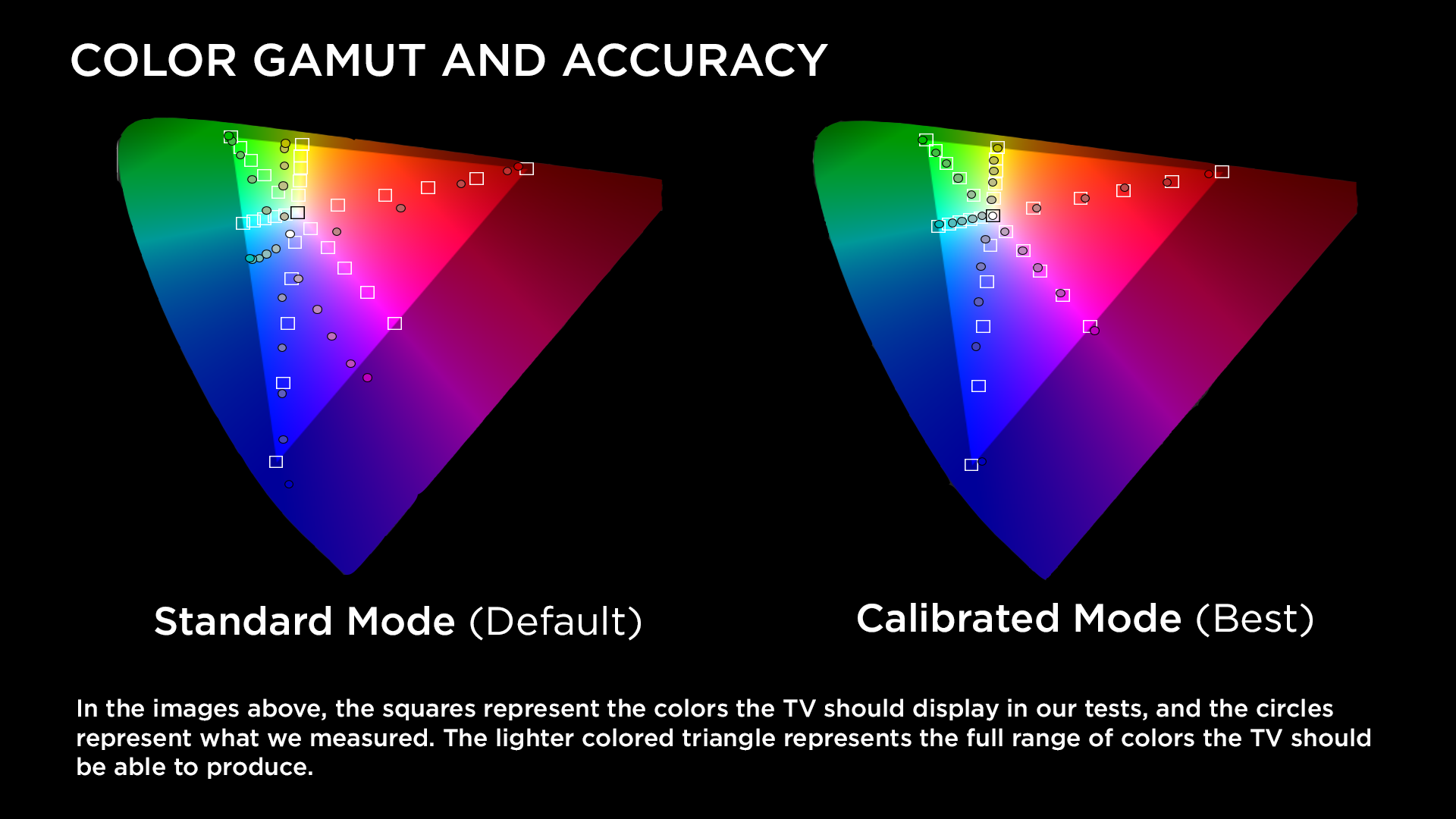
But the Calibrated mode (which ratcheted down the brightness) was slightly better for movies and was my preferred setting during testing — even though the Calibrated Dark mode actually yielded the best numbers in our instrument tests.
MORE: Beyond Game of Thrones: 10 Reasons to Get HBO Online
A Blu-ray disc of Gravity demonstrated some of the P652ui-B2 set's strengths. There were no artificial halos around bright objects like the astronauts' suits in space. Stars did not streak as the camera rotated, and there were no obvious problems with the upscaled picture. The only noticeable aberration was that the white of the space suits had some slight grain or filmlike noise that made the suits look a tad sullied.
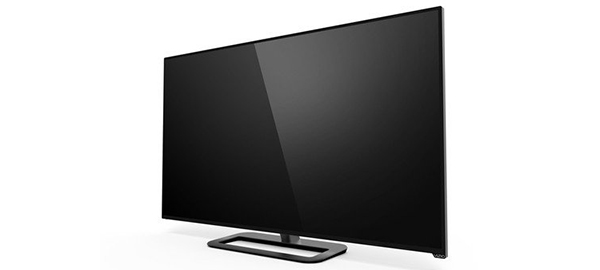
In terms of reproducing the full color gamut, the P652ui-B2 did very well, in line with results from other 4K sets we've tested, such as the Sharp Aquos UD27U 60-inch TV (see review). Compared to top-ranking sets, such as the Sony X950B 65-inch TV, the P-Series tends to run cooler, skewing more toward blue on some ocean scenes, for example. It also had a tendency to overemphasize some reddish hues, so that a real wooden tabletop in Skyfall looked more like faux wood paneling.
The P652ui-B2 TV excelled in terms of contrast. Star fields such as those in Gravity were rendered with a crispness and sharpness, and black sections of the screen were truly black, rather than gray. Contrast tests confirmed what we saw, with the P652ui-B2 ranking above the Sharp Aquos UD27U set but not quite up to what the Sony X950B could reproduce when it came to subtle shades and gradations.
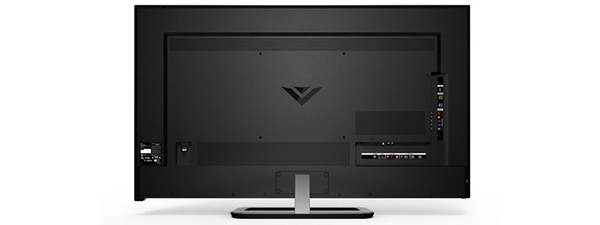
One can see the difference when looking at finer picture details, especially when the P-Series is upscaling. I noted that the wrinkles in a space suit were slightly more apparent on the Sony X950B (see review) compared to the Vizio P-Series. The Sony set also produced a deeper field of focus than the Vizio set. On the other hand, these are differences most viewers won't notice, although they'll notice the price difference: The Sony X950B costs roughly $6,000.
Video processing that attempts to smooth over action scenes can produce some surprising distortions, such as missing heads and blurred surroundings. The P-Series was not immune to some of these picture artifacts, but it was better than many sets we've tested (such as the Panasonic TC-50AS530U). The Blu-ray Skyfall chase scene across the roof of the Grand Bazaar seems to give most TVs conniptions. The Vizio P-Series did produce the occasional flicker when part of the villain's head was sliced off as he rode by on the motorcycle, and Bond's pate flashed in and out of view. In advanced settings, Smooth Motion proved to be the culprit; when I turned it off, the problems all but disappeared.
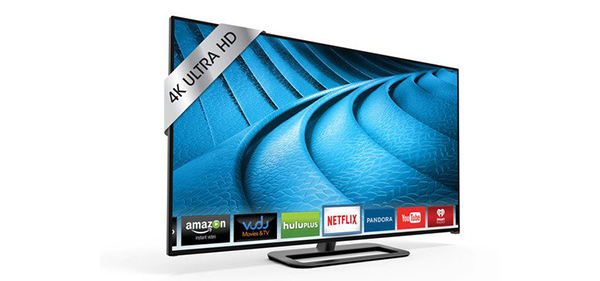
Some people still have big back catalogs of DVDs, and the P-Series will upscale those sources too, although with only a moderate degree of success. A DVD of Skyfall, for example, yielded more rough, jagged edges, like on the arm of a couch in the opening scenes, and more background noise than what I saw on the Sony X950B. But once again, there's the cost differential to consider.

When fed pure 4K programming, the Vizio P-Series set does extremely well. A downloaded 4K episode of The Blacklist was suitably impressive, with details clear enough to tell that an agent was eating leftover rotelli out of a translucent tub for breakfast. When he clasped his hands behind his head, James Spader's neatly manicured fingernails could easily be admired. Furthermore, any color deficiencies detected in upscaled content were minimized in native 4K material, such as scenes in American Hustle dominated by shimmering orange and gold.
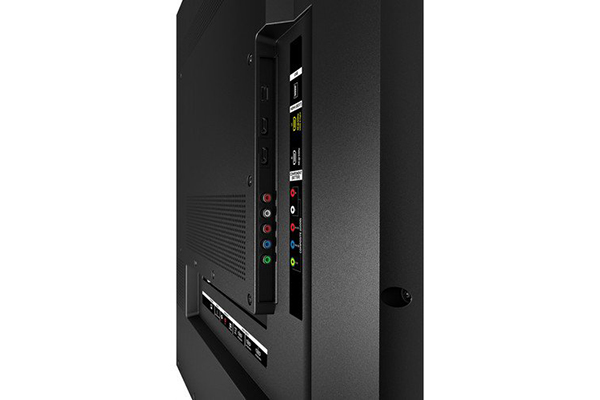
Shoppers should note that I found the Vizio P-Series set uses a glass that's a little more reflective than what I've seen on some sets from the likes of Samsung or Sony. Depending on how you have the set positioned, it can make for some distracting reflections of lights in your living room. Duller finishes, on the other hand, reduce picture brightness.
Gaming: Minimal lag
One feature Vizio touts is the set's support for rapid-fire games. That means virtually no image lag (or delay between an input on the controller and when the action appears on the screen).
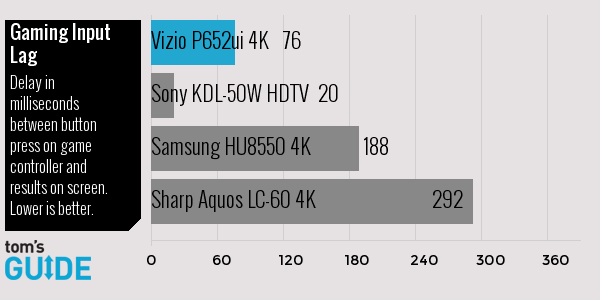
In our tests, it certainly delivered with one of the fastest response times (76 milliseconds), alongside the likes of the 4K Panasonic Viera TC-65AX800U (72 ms) and an HDTV, the 55EC9300 OLED set from LG (68 ms). Most 4K TVs are much slower.
Audio Quality: Tinny
The P-Series has a built-in, 15-watt-per-channel stereo sound system. In addition to the usual thunderous movie soundtracks, I played a number of music videos, such as Metric's "Gimme Sympathy" and Chris Issak's "I'm Not Waiting." The sonic results tended to be thin, squeezed and tinny, with some pronounced sibilance at higher volumes.
Vizio includes only DTS support (rather than the better-sounding Dolby Digital format) and a couple of audio adjustments, including a rudimentary equalizer (100 Hz - 10kHz), lip sync, surround on or off, and volume leveling.
Interface: The basics, plus Yahoo
The standard steel-gray Vizio menu system sprouts from the left side of the screen with various picture, sound and network options. There's a list of inputs, which you can rename to denote the source, such as a gaming console or Blu-ray player. What you won't find are big, splashy graphics. The on-screen interface is pared down and plain.
MORE: Best Streaming Video Services
Hitting the V button on the P-Series' remote control invokes a row of icons along the bottom of the screen for the apps you use most frequently. Hit the V button again, and a complete list of apps appears in a simple grid of all available programs, filling the screen. You can winnow it down to just the apps you have installed, featured services or new additions. The software is downloaded from the Yahoo Connected TV Store.

This set offers all the major services, from Bravo to Netflix and Spotify to Pandora. The current list features over 100 apps. About 40 of them are apps for local network affiliates that offer news videos and weather. Still, there's plenty of online entertainment available.
Remote: Convenient keyboard
The P-Series comes with what looks at first like a standard wand-style remote control. The buttons are laid out in a conventional fashion, with a four-way directional pad for navigating on-screen menus. There are also dedicated buttons to immediately access Amazon, Netflix and iHeartRadio services no matter what input you're currently viewing.
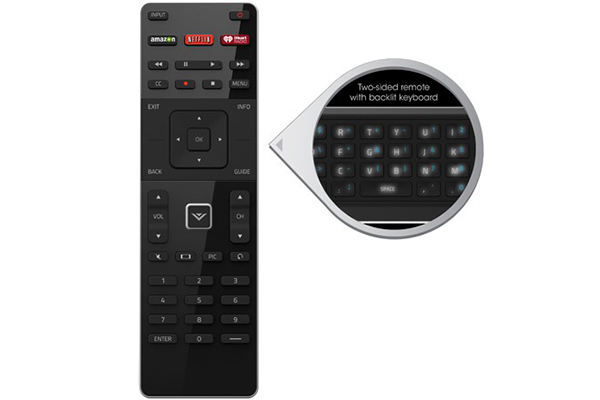
Plain as it may seem, the P-Series remote has one hidden trick: a backlit QWERTY keypad on the underside of the handset. It's a welcome feature that makes short work of entering passwords or search terms on screen.
Bottom Line
You can find cheaper 4K TVs, but at a considerable sacrifice when it comes to picture quality. Vizio has done an excellent job with the P-Series, balancing price and performance in an ultra HD TV that's a third of the cost of models like Sony's top-of-the-line X950B. The sound could be better and the stand sturdier, but overall this Vizio makes a big-screen 4K within reach of more families.
John R. Quain has been reviewing and testing video and audio equipment for more than 20 years. For Tom's Guide, he has reviewed televisions, HDTV antennas, electric bikes, electric cars, as well as other outdoor equipment. He is currently a contributor to The New York Times and the CBS News television program.
-
Zwoli Can you please review the Ultraflix 4k app on the vizio p series that is supposed to provide native 4k content streaming?Reply -
Corey Carroz There is not any good content non ultraflix. I have this set and I use Amazon and Netflix for 4k video. There are about 15 or so shows between the two of them that are worth watching in 4k. The free 4k movies they offer are older and you see a lot of the film grain. Amazon offers a few paid for 4k movies at 30$ a pop ranging from old to new but I have not purchased any of them.Reply
